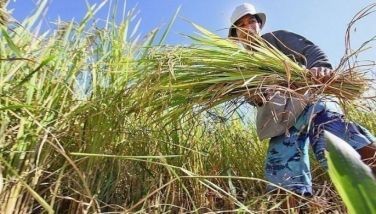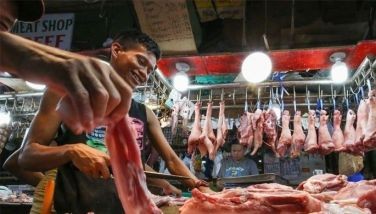Armyworms invade onion farms in Pangasinan
BAYAMBANG, Pangasinan, Philippines – Armyworms have invaded about 100 hectares of onion farmland here, threatening to destroy the town’s major agricultural produce, according to the town’s agricultural technician.
Roberto Benitez told The STAR yesterday the affected farmers were the last to plant onions in low-lying areas.
“They (worms) have not yet totally destroyed the crops but farmers have been seeing many armyworms in their farmlands,” he said.
“We’re still able to control them through spraying of insecticide but there are just many,” he added.
Young armyworms are voracious eaters of onion crops, he said, adding they may infest one hectare of squash farmland in their area in just one night, he said.
He said the pests also infested farmlands of squash and camote in the vicinity of Mangabul Lake last week.
Benitez said the pests initially attack the onion leaves then the bulb and make holes, prompting traders to reject them.
Last year, 80 percent of their onion produce was affected by Armyworms infestation, he said.
He said the armyworms might have been swept by floodwaters from nearby areas down to their low-lying areas. Rainfall helps in easing their attack, he added.
Once insecticide is sprayed, the worms transfer to nearby farmlands.
Onion farmland in this town is about 455 hectares in Mangabul area alone but the affected ones in low-lying areas have reached 100 hectares.
About 50 percent of barangays here produces onions.
The town produces at least 12 tons of onions per hectare in one cropping season per year. They produce mostly red onions.
The Municipal Agriculture Office provides technical assistance to onion farmers, Benitez said.
Aside from armyworms, onions here had also been affected by bulb rot. “But this is already contained because the weather has improved,” he added.
Onion production is very profitable during good condition as a farmer could earn as much as P1 million in one hectare less P200,000 production cost.
“That’s why they don’t stop (despite the infestation),” he said.
Farmers start planting onions in October and harvest their produce around January but some still plant the crop for storage purpose, Benitez said.
Their onion produce reaches as far as Visayas, he said.
- Latest

























